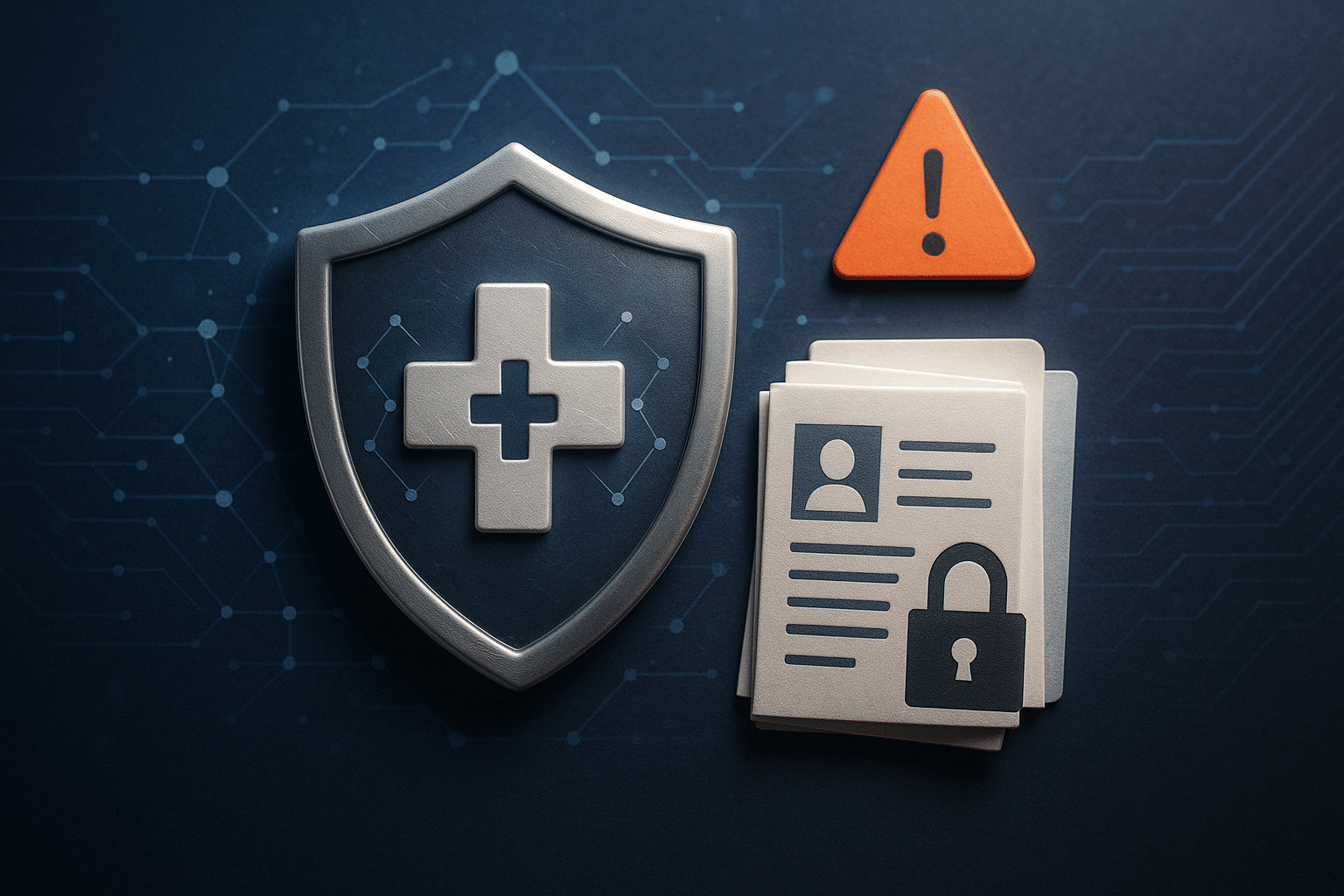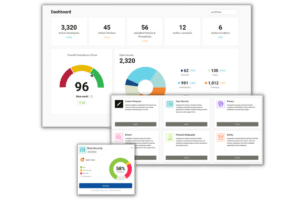
The Department of Health and Human Services Office for Civil Rights (OCR) just sent another clear message to healthcare organizations: failing to conduct proper HIPAA risk analysis will cost you—literally. The recent settlement with Deer Oaks – The Behavioral Health Solution demonstrates how a single oversight can cascade into multiple breaches, affecting thousands of patients and resulting in significant financial penalties.
The Deer Oaks Case: A Perfect Storm of HIPAA Violations
Deer Oaks, a behavioral health provider serving long-term care and assisted living facilities, found itself in OCR’s crosshairs after two separate but related incidents that ultimately exposed the protected health information (PHI) of over 170,000 individuals.
The First Breach: When Code Goes Wrong
In May 2023, OCR received a complaint that Deer Oaks had made patient discharge summaries publicly accessible online. The investigation revealed that a coding error in a discontinued pilot program for an online patient portal had exposed sensitive ePHI—including patient names, dates of birth, identification numbers, facilities, and diagnoses—to search engines from December 2021 through May 2023.
This wasn’t just a brief exposure. For over a year, this information was cached by search engine providers, making it accessible to anyone with an internet connection. The breach affected 35 individuals whose discharge summaries and initial assessments became public.
The Second Breach: Cybercriminals Strike
While still dealing with the fallout from the first incident, Deer Oaks experienced a more severe breach in August 2023. A compromised account led to a threat actor claiming to have exfiltrated data and demanding payment to prevent posting the ePHI on the dark web. This incident affected 171,871 individuals and required notifications to HHS, affected patients, and the media.
The Root Cause: Missing Risk Analysis
OCR’s investigation found a common thread between both incidents: Deer Oaks had failed to conduct an accurate and thorough risk analysis to determine potential risks and vulnerabilities to the ePHI it held. This fundamental failure in HIPAA compliance set the stage for both breaches.
The Settlement: $225,000 and Two Years of Monitoring
Under the resolution agreement, Deer Oaks agreed to:
- Pay $225,000 to OCR
- Implement a corrective action plan monitored by OCR for two years
- Conduct annual risk analysis reviews and updates
- Develop and implement a comprehensive risk management plan
- Create and maintain written HIPAA policies and procedures
- Provide annual HIPAA training for all workforce members with PHI access
Why Risk Analysis Matters More Than Ever
OCR Director Paula M. Stannard emphasized that “identifying potential risks and vulnerabilities to ePHI is a key step in preventing or mitigating breaches of protected health information.” The agency’s experience shows that deficient risk analysis practices are often at the heart of HIPAA violations.
Common deficiencies include:
- Lacking a risk analysis entirely
- Failing to update existing risk analyses when implementing new technologies
- Not reassessing risks when expanding operations that affect ePHI security
8 Actionable Steps to Prevent OCR Settlements
Based on OCR’s recommendations and the lessons learned from the Deer Oaks case, here are concrete steps your organization can take today:
1. Map Your ePHI Journey
Create a comprehensive inventory of where ePHI exists in your organization. Document how ePHI enters your systems, flows through your network, and exits your environment. This mapping exercise is crucial for identifying potential vulnerabilities.
2. Conduct Regular Risk Assessments
Don’t treat risk analysis as a one-time checkbox exercise. Schedule annual reviews at minimum, with additional assessments whenever you:
- Implement new technology systems
- Expand operations or services
- Change vendors or business associates
- Experience any security incident
3. Implement Robust Audit Controls
Establish systems to record and examine information system activity. This includes:
- User access logs
- System modification records
- Data access and transfer logs
- Failed login attempts and security events
4. Review System Activity Regularly
Audit logs are only valuable if someone reviews them. Establish regular review schedules and assign responsibility for monitoring system activity patterns that could indicate security issues.
5. Strengthen Authentication Mechanisms
Implement multi-factor authentication and ensure only authorized users can access ePHI. This includes:
- Strong password policies
- Regular access reviews
- Immediate deactivation of terminated employee accounts
- Role-based access controls
6. Encrypt Everything
Protect ePHI both in transit and at rest through encryption. This safeguard can prevent unauthorized access even if other security measures fail.
7. Learn from Every Incident
Create a formal process to incorporate lessons learned from security incidents into your overall security management process. Even minor incidents can provide valuable insights for preventing major breaches.
8. Provide Targeted Training
Move beyond generic HIPAA training to provide workforce members with education specific to your organization and their individual job duties. Make this training annual and ensure it addresses current threats and procedures.
The Cost of Inaction
The Deer Oaks settlement serves as a stark reminder that HIPAA compliance isn’t optional—it’s essential. The $225,000 penalty, while significant, pales in comparison to the potential costs of:
- Reputation damage
- Loss of patient trust
- Legal fees and litigation
- Operational disruption during investigations
- Long-term OCR monitoring and compliance costs
Moving Forward: Making Risk Analysis a Priority
The healthcare industry continues to face evolving cybersecurity threats, making robust risk analysis more critical than ever. Organizations that treat HIPAA compliance as a living, breathing part of their operations—rather than a static requirement—are better positioned to protect patient data and avoid costly settlements.
OCR’s enforcement actions consistently show that proactive compliance is far less expensive than reactive remediation. By implementing comprehensive risk analysis practices and staying ahead of emerging threats, healthcare organizations can focus on what matters most: providing quality care to patients while keeping their sensitive information secure.
The question isn’t whether your organization will face cybersecurity challenges—it’s whether you’ll be prepared when they arise. The time to act is now, before you become the subject of the next OCR settlement announcement.








